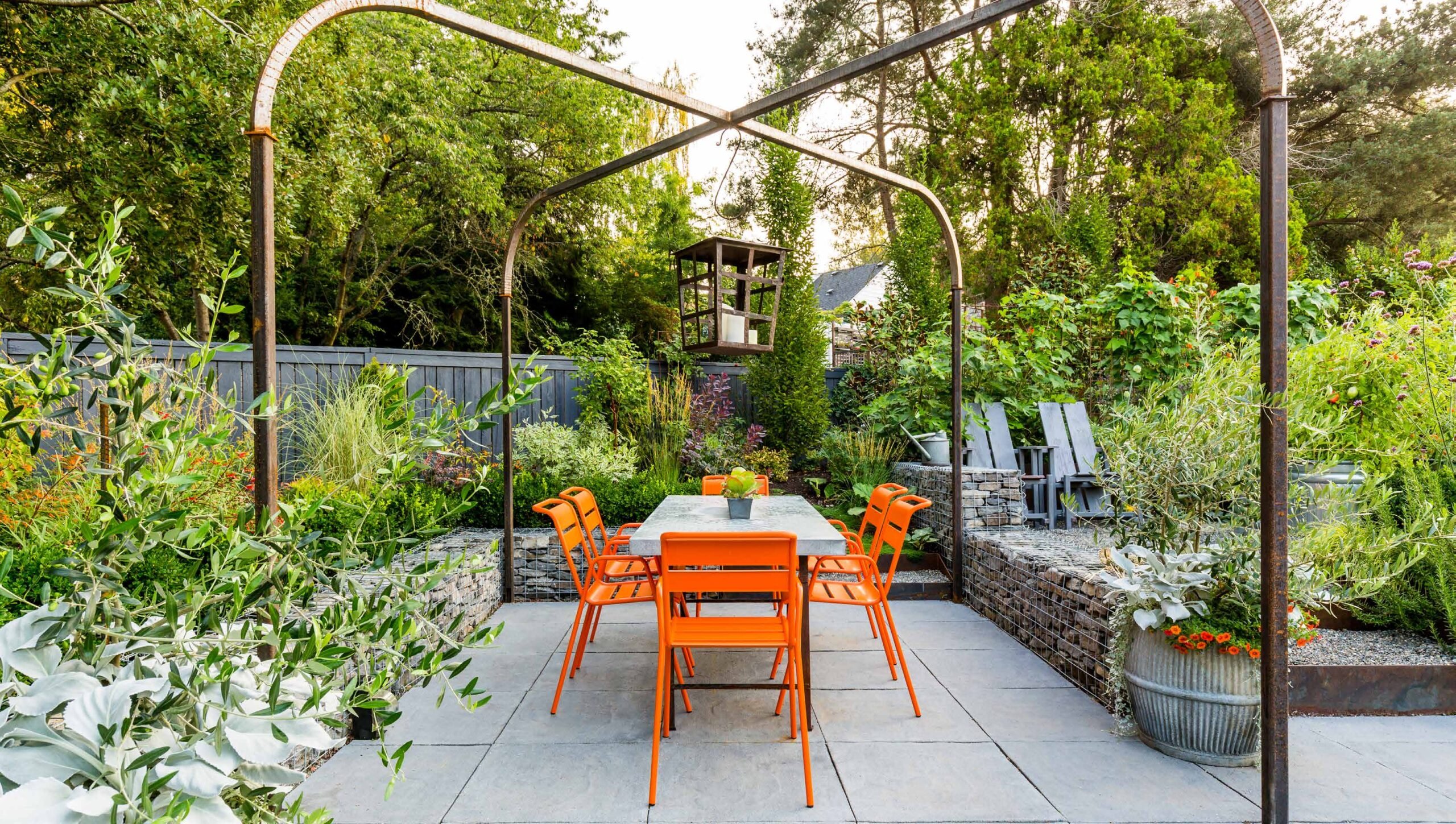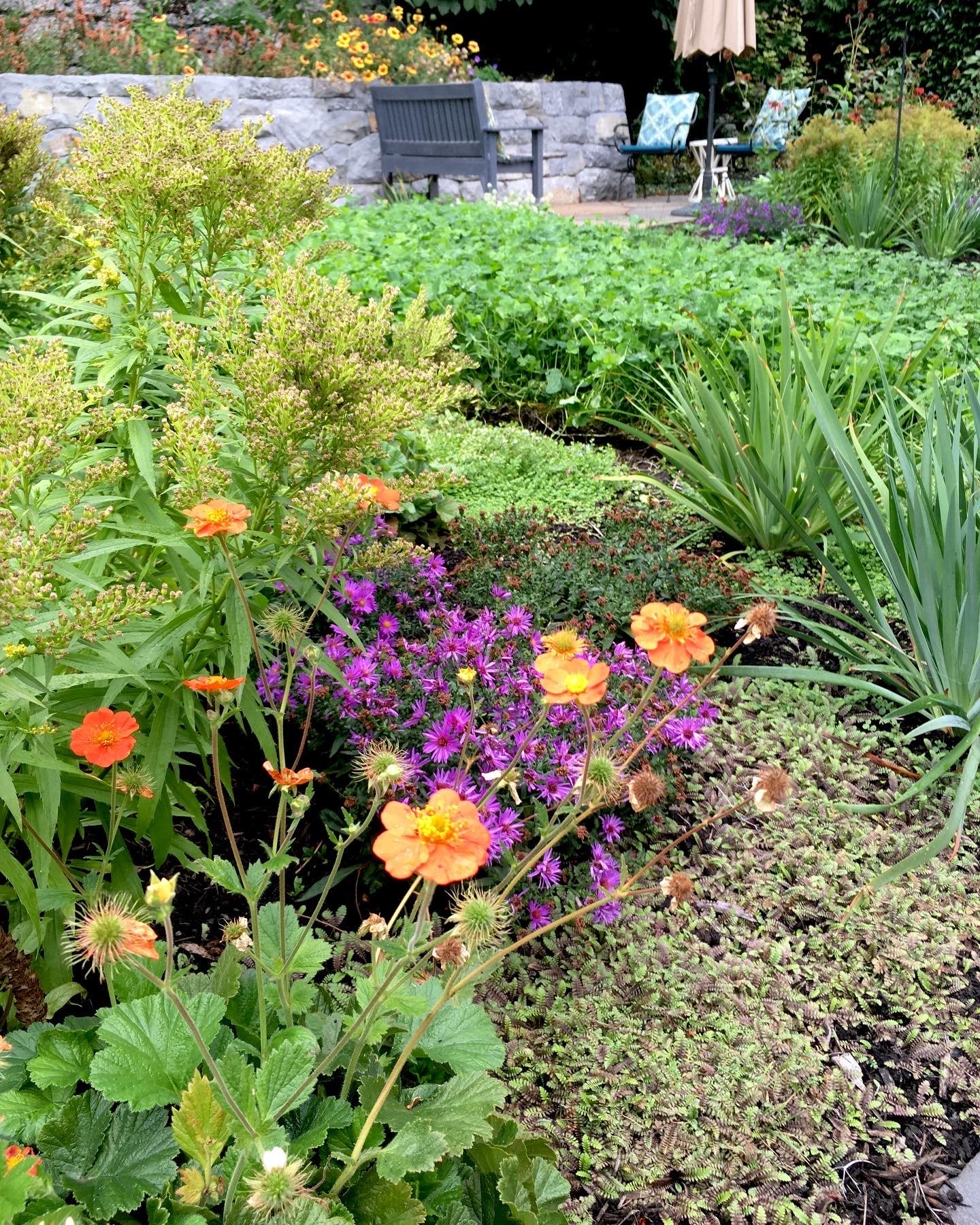
Horticulture is Critical to Our Future

Contributor
- Topics: Garden Futurist, Nature is Good For You

What is horticulture? It’s a word middle-schoolers tell us is “weird.” Where does your food come from? The vast majority of those same students—and in fact, their families—can’t tell us. Can you name ten plants that grow near you? Only a minuscule number of people in America can do so. Well before the term “plant blindness” was coined in 1998 by botanists James Wandersee and Elisabeth Schussler, the majority of people in the U.S. had lost their collective ability to notice the plants around them. We are oblivious to what was common knowledge to our ancestors: where our food comes from, the importance of plants to the health of humans and animals, and the role of plants in the very survival of our planet. Some might ask, why is this a big deal?
Consider for a moment what will happen if we do nothing. Study after study shows that getting children and families to notice the plants around them, let alone appreciate the natural world, and consider jobs and careers with plants, is daunting. Increased time engaging only with technology, misconceptions about the quality of life afforded by working in horticulture, and lack of awareness of what horticulture and horticulture expertise means to the future of our planet are all steep hills for us to climb. However, if we don’t teach young people about plants, they won’t grow up to have an appreciation for our natural world. Horticulturists are critical to feeding the world with food that is safe and nutritious. We also need horticulturists to preserve native habitats, to imagine urban landscapes and bring them to life; we need them to tend to landscapes that welcome us home and invite us outdoors to play. And for our mental health, we need horticulture to soothe and delight us with flowers and foliage, to provide us a place for wonder and experiment, and to ensure the future of our planet.

This urgency is very real. According to Purdue University, only sixty-one percent of the expected 57,900 average annual job openings available in the horticulture industry in the U.S. are likely to be filled. Why, when horticulture jobs are plentiful (and an estimated 41% of graduating college seniors cannot find jobs in their chosen field) aren’t people flocking to pursue careers working with plants?
In 2013, at a meeting of the American Society for Horticultural Science, horticulture professionals asked one another these same questions. They recognized that shrinking college and university horticulture programs, decline in qualified applicants for open positions across the industry, and general public apathy about plants were all contributing to a workforce shortage that left unchecked, would soon lead to a crisis. At that meeting, the Seed Your Future movement was created to tackle this issue. Founded by Longwood Gardens and the American Society for Horticultural Science, the movement has quickly grown to more than 70,000 advocates and 200 partners including horticulture companies, colleges and universities, gardening organizations, and other affiliated non-profits.
Launched with a desire for solid information, Seed Your Future conducted three phases of research to help discover why the perception of horticulture is poor and why young people are not pursuing careers in the industry. The first phase of research studied the industry and confirmed that scarcity of qualified applicants for open positions is indeed a critical issue.
We then studied Americans’ perceptions of horticulture and careers working with plants. While plant blindness is rampant, the good news is that there are many plant-focused movements that are expanding. Farm-to-table, field-to-vase, school and community gardens, and increased interest in home gardening are all contributing to a renewal of plant appreciation. What is evident, however, is that most Americans have a narrow view of the careers available in horticulture. In fact, our research found a prevalent stereotype that the only jobs in horticulture were in “lawn maintenance.” There was little understanding of the growing, breeding, distribution, science, technology, education, art, design, and business careers just waiting for qualified applicants.

FOCUSING ON YOUTH
Knowing that middle school is a key time when students begin to think about future careers, Seed Your Future conducted focus groups with middle-schoolers, parents, teachers, and guidance counselors, and the results were encouraging. Few understood the jobs available, but once participants learned about the diverse opportunities in horticulture, they were very interested. Significantly, not one middle-schooler had ever heard the term “horticulture.” (Here’s where they told us “horticulture” was weird, but words they invented such as “plantology” were cool.) They told us that we need to use simple language they can understand and inspiring, relatable imagery.

And there were other promising findings. Youth told us they want jobs where they can “make an impact on the world,” “be creative,” and “save the environment.” What better to fuel their interests than jobs in horticulture? So, while there are plant-focused movements making impact, what we haven’t done is connect those movements to career paths. We’ve not told the stories well; we’ve not inspired the next generation and their families.

Armed with these imperatives, Seed Your Future has been working to build awareness of the power of plants and the rewards of a career in horticulture. Along with our partner Scholastic, in 2018 we launched BLOOM!, an educational campaign to reach middle-schoolers, their parents, their teachers, and their youth program leaders, to introduce them to the critical role plants play in our lives With a fun, interactive online learning module, sample lesson plans and activities, and dozens of youth-friendly videos, the movement has already reached 4.6 million students in the first three years. It’s free and available to anyone with an interest in opening kids’ eyes to the wonder of plants on our website (Scholastic.com/BLOOM). We also have a companion youth-focused site (wearebloom.org) where you can take a quiz and find out your own plant personality!
It will take time for those middle-schoolers to grow up to become horticulture professionals—and we need people now. So, Seed Your Future has also developed a robust suite of new resources. These include:
- Fun and educational DIY plant-experiment videos that can be done at home, at school, in youth programs, and more. Examples include building a plant maze to explore phototropism and growing new plants from kitchen scraps. Check them out on our Seed your Future website (please see web links at the end of this article).
- An online Horticulture Career Exploration tool featuring 140-plus horticulture and floriculture careers, the training required, where to study, expected salaries, and videos of real people in each job. This has fast become the most popular offering on our SeedYourFuture.org website.
- More online resources for students, including a listing of all two- and four-year plant studies programs in the U.S. and Canada, scholarships in horticulture, horticulture internships across the country, and even links to horticulture camps (org/students).
- Our Horticultural Heroes and Plant Champions feature profiles real people in horticulture and their unique and inspiring paths to finding their own plant power. They are telling the world on social media #ILoveMyPlantJob.

USING THE POWER OF SOCIAL MEDIA TO BUILD PLANT POWER
By nature, plant people aren’t technology people. Wait? What? Is that really true? Actually, no. While plant people love to dig in the soil and appreciate the human-plant connection, overall the majority do in fact appreciate the power of social media to educate and inspire. It’s just that social media content is often overwhelmingly negative. Seed Your Future is determined to change that. And the defining moment is now.

The world has changed in 2020. A global pandemic has altered every facet of life for humans, including how we live, work, eat, play, and socialize. Fear of going outside, fear of connecting with others, and fear of an unknown plague have forced us not only to isolate from one another but from the natural world. Even though decades of solid research affirm the ability of plants and nature to heal, cure, soothe, and inspire, access to outdoor spaces has been restricted. Even enjoying one’s own backyard or balcony is seen by some as a risk too perilous to take. As media coverage exploded about the spread of the pandemic, the Seed Your Future movement searched for the voice we would use to help provide respite from a growing panic. While certainly, the pandemic was and still is, a dangerous issue, we choose to spread messages about the power of plants to support our mental and physical health—especially in times of crisis. Our #NatureNeverCloses and #PlantPower campaigns provide inspiration about plants and nature.
NURTURING THE “GREEN LINING”
We’ve also been trying to change the vernacular. It’s about physical distancing, not social isolation. Being around plants, growing plants, and even just looking at flowers and plants has been proven to improve our mood, provide hope, and nourish us both physically and emotionally.
While we can never say that there is a “silver lining” to the pandemic, there are more people interested in growing their own food and flowers, purchasing houseplants, seeds, and garden supplies; they want to spend their time improving the environment around them with plants—a “green lining,” as it were.

But people can be fickle, attention spans short, and if we don’t capitalize on this moment in time, time will pass and interest in gardening and plants may wane again. So, what can we do about it?
Please join us in this movement. Help tell the stories of how plants are important to the planet, to the beauty of our world, to nourishing our bodies and souls. To inspire young people to even think about learning more about horticulture and plant careers, we must talk about it in ways that resonate with them and their families. Together, we can ensure that the next generation emerges from this pandemic with a life-long interest in plants, gardens, and gardening. We want them to be our #FutureGreenCollar workers.
Let’s not miss this opportunity to share the “green lining” and teach people how plants can indeed cure, heal, soothe, and inspire!
____________________________________
Susan E. Yoder, IOM is the Executive Director of Seed Your Future. You can reach her at syoder@SeedYourFuture.org.
Learn more about the movement at www.SeedYourFuture.org.
Share:
Social Media
Garden Futurist Podcast
Most Popular
Videos
Topics
Related Posts

Design Futurist Award Announced: Committee Shares Vision
March 8, 2023 At Pacific Horticulture, we believe that beauty can be defined not only by gorgeous plants and design, but also by how gardens

Ground Up Science for Greener Cities with Garden Futurist Dr. Alessandro Ossola
Spring 2023 Listen to the Podcast here. Alessandro Ossola is a scientist who gets very excited about the challenge of climate change allowing for an

Readying Urban Forests for Climate Realities with Garden Futurist Dr. Greg McPherson
Winter 2023 Listen to the Podcast here. “Going from the mow and blow to a more horticulturally knowledgeable approach to maintaining the landscape. And that

Nature Therapy from the Contemplative Garden
Winter 2022 Women’s hushed morning voices mingled with crashing waves and chattering crows. “The kettle’s still hot.” “Can you pass the honey?” Whoosh, crash, caw,









Responses